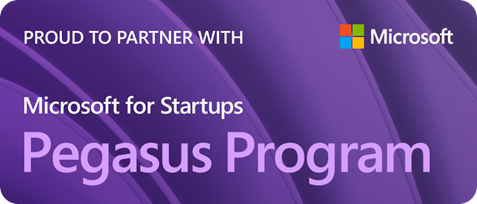Strengthening Role-Based Access Control (RBAC) & Enhancing Security Posture with Start Left® Security’s PIRATE® Model
Monitoring and detection are crucial for preventing threats before they can cause damage. At Start Left® Security, our patented PIRATE® (Product Integrated Risk Analytics & Threat Evaluation) model plays a pivotal role in contextualizing monitoring and detection across the entire software development lifecycle (SDLC). While PIRATE® doesn’t directly enforce Role-Based Access Control (RBAC), it plays an essential role in strengthening RBAC policies and improving the overall security posture of your organization.

Contextualizing Security Monitoring & Detection with PIRATE®
The PIRATE® model is designed to provide a continuous, comprehensive view of the risks associated with a product’s code, infrastructure, CI/CD pipelines, and development team activities. By correlating data across these areas, PIRATE® delivers the critical context needed to evaluate vulnerabilities, prioritize remediation, and flag abnormal behaviors.
PIRATE® doesn’t operate in isolation—rather, it enhances existing security measures, including RBAC, by providing deeper insights into who is responsible for specific actions, how teams interact with different components of the software, and where potential risks are arising.
How PIRATE® Supports and Strengthens RBAC
Role-Based Access Control (RBAC) ensures that users have access only to the information and resources necessary for their role, minimizing the risk of unauthorized access. While RBAC is a key element of securing any software environment, its effectiveness can be limited if it lacks the context of what users are doing and how they are interacting with the system.
Here’s how the PIRATE® model supports and strengthens RBAC:
1. Contextual Insights for Enhanced RBAC Policies:
- PIRATE® provides real-time visibility into user behaviors, code changes, and interactions within the CI/CD pipeline. By identifying which users are responsible for specific activities, PIRATE® helps strengthen RBAC policies by aligning access controls with actual usage patterns.
- For instance, if a user requests elevated privileges that are outside their typical role, PIRATE® can flag this behavior, enabling security teams to make informed decisions about whether to grant or deny access.
2. Detection of Anomalous Behaviors:
- One of the key strengths of the PIRATE® model is its ability to detect insider threats and unauthorized actions by analyzing behavioral patterns. If a user begins performing actions that don’t align with their role or exhibits behavior indicative of a potential threat, PIRATE® can provide early detection, helping organizations mitigate risks before they escalate.
- In this way, PIRATE® complements RBAC by ensuring that access permissions are not only enforced but also continuously monitored for misuse, , which can prompt a reevaluation or stricter enforcement of RBAC policies.
3. Correlating Vulnerabilities to Responsible Teams:
- PIRATE® helps organizations correlate vulnerabilities and security risks to specific development teams and individuals. This provides detailed insights into who is contributing to code, making changes, and interacting with various systems. The enhanced visibility allows security teams to assign accountability more effectively, ensuring that users with the appropriate access and expertise are responsible for remediating issues.
- By knowing exactly who is doing what within the development pipeline, you can ensure that only authorized personnel are making key changes. This level of insight makes it easier to align RBAC policies with real-world activities and improve the overall security posture.
4. Developer Accountability:
- By correlating actions with individuals or teams, PIRATE® ensures that every developer or team member is held accountable for their actions.
- This complements RBAC by ensuring that the assigned roles and responsibilities are being adhered to in practice, and any deviations are flagged. By providing real-time detection of violations, such as someone accessing or modifying areas they shouldn't, it ties directly back to RBAC enforcement by highlighting lapses in role permissions.
RBAC Enforcement through Insights:
Start Left® Security’s PIRATE® model is more than just a monitoring tool—it’s a comprehensive framework for contextualizing security efforts and enhancing existing controls like RBAC. While PIRATE® doesn’t enforce RBAC directly, the insights and data it provides enable organizations to continually audit and adjust RBAC policies based on real-time activities, ensuring that only the right people have access to sensitive areas of the codebase and development process. It adds a layer of security around RBAC by identifying potential gaps or breaches in access control that may otherwise go unnoticed.
By providing real-time insights into user behaviors, vulnerabilities, and development activities, PIRATE® helps organizations maintain a proactive security posture while continuously improving their defense strategies.
In an era where Zero-Trust is becoming the new standard for security, the PIRATE® model ensures that no action goes unchecked, no user is trusted by default, and no vulnerability is left unaddressed. By integrating PIRATE® into your security framework, you can not only strengthen RBAC policies but also create a more secure, resilient product development environment.
SHARE!
More Resources















